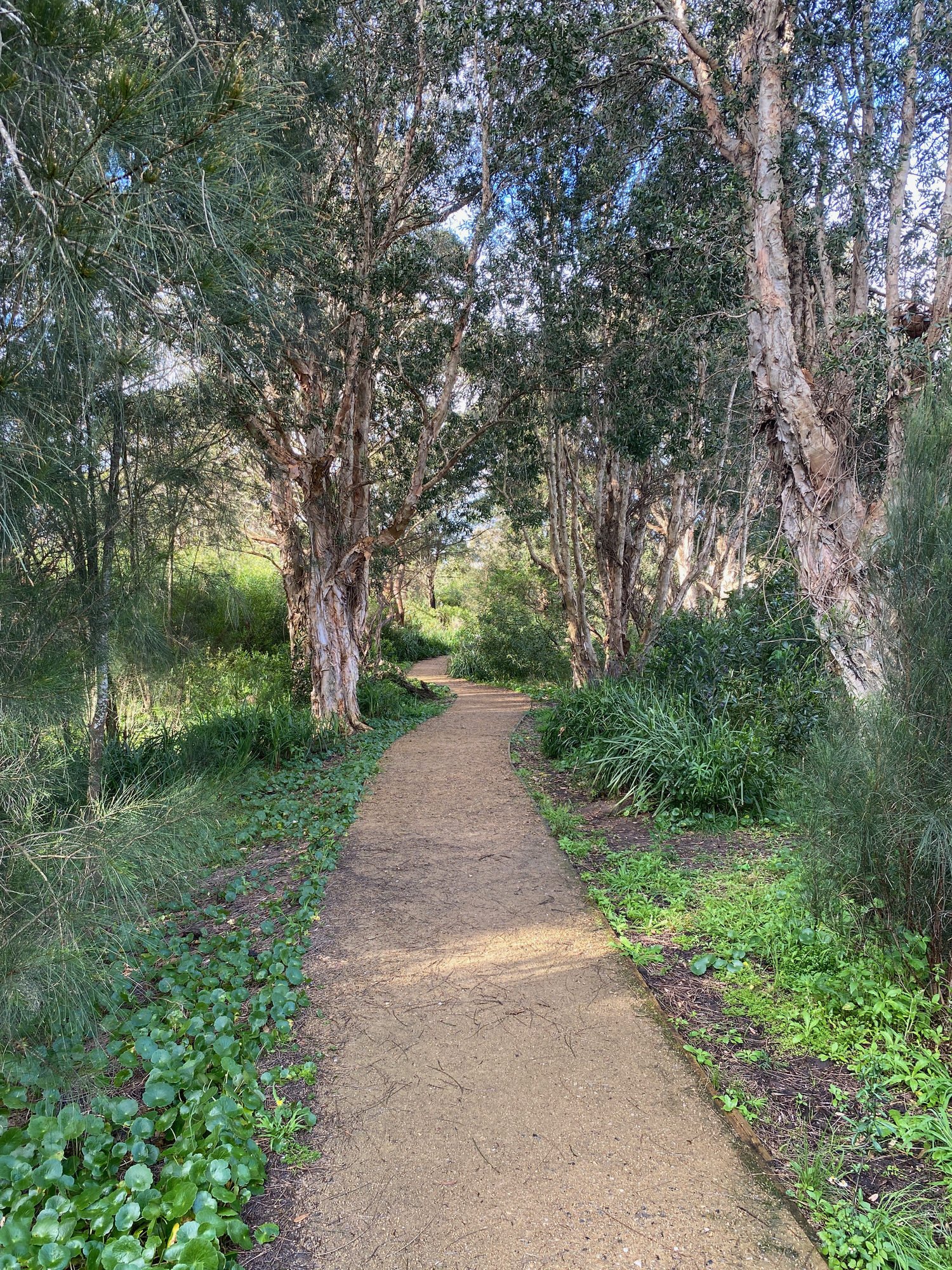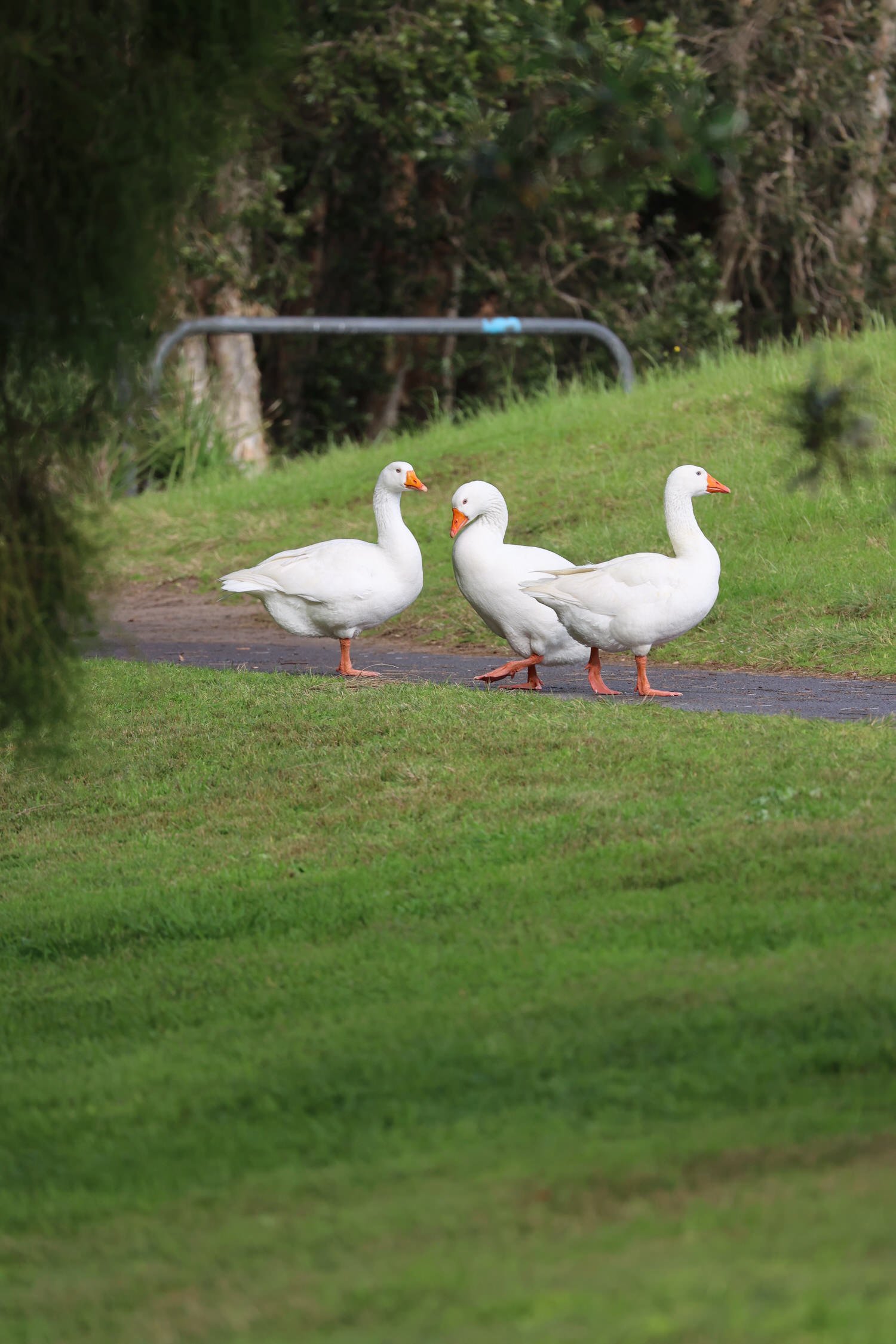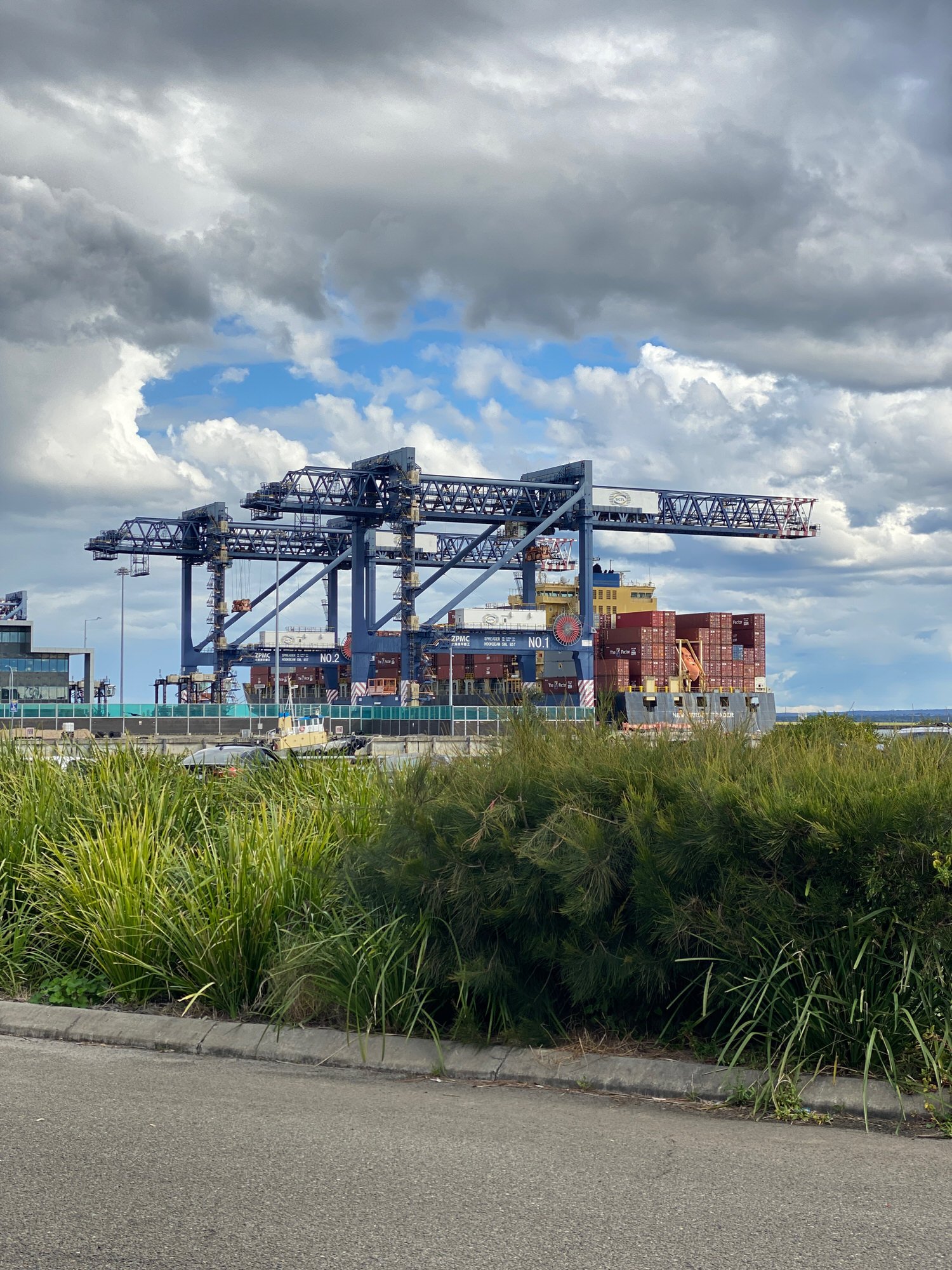Sir Joseph Banks Park
There’s no getting away from the fact that this park, pretty as it is, is directly across from Sydney Airport and all the noise that goes with that. And it’s close to busy Botany Road.
But noise aside, and this soon fades into the background, this is a pretty, mostly peaceful urban walk and watching planes take off across the way can actually be part of the fun.
This is a very family friendly trail. There are bubblers and toilets, several picnic and bbq areas and not one but two fabulous plagrounds. And you can bring the dog on this one but keep him on a leash to protect the resident wildlife. (There’s an off leash area off Hayden Place.)
Getting to Sir Joseph Banks Park
Sir Joseph Banks Park is in Botany, about 15 -20 minutes by car from the CBD. There is parking in nearby streets or in the park itself, off Tupia or Fremlin Streets.
You can also get to the park on the 309 bus from Green Square.
The Trail
Sir Joseph Banks Park is part bushland, part urban park (with a twist) and the landscape varies greatly as you walk around and through it. Along the trail you’ll pass pretty paperbarks and flowering native shrubs (including critically endangered Eastern Suburbs Banksia Scrub), as well as more formal rose arbours, plots of palms and exotic plants. There are some areas of dense bushland and one end of the park and large swathes of lawn, open space and the edge of a golf course at the other.
The trail winds around one large lake and past several others. When I was there, there was a lot of green algae on the surface of the water but it didn’t seem to bother the waterbirds, lizards and turtles.
The walking path is shared with bicycles in part but outside of peak exercise times it’s not too busy.
A unique feature of this park and one you’ll pass on your walk, is an odd collection of exotic animal sculptures that hark back to the park’s early history, (more below).
The Botany Foreshore
Not far from the playgrounds, on the Foreshore Rd side of the park is a side path that loops around to an overpass that leads down to the Botany foreshore. The diversion is of course optional, but of you have the time it’s an interesting side trail.
There’s a small beach and boat ramp down by the water and from there you get a prime view of the runways of Sydney International Airport, and all the action going on there. Port Botany, with it’s multi-coloured cargo is also on show.
This is a popular spot for planespotters naturally but birdwatchers too may find quite a few different species down here.
A little history of Sir Joseph Banks Park
The park is of course named for Sir Joseph Banks, an English baronet, botanist and naturalist. Banks joined James Cook’s voyage to Botany Bay in 1770. Along with Daniel Solander and others, Banks made the first major collection of Australian flora, describing many species new to the Western World. Around 80 species of plants bear his name including some in this park.
Many places in Australia are also named after Banks. In Botany alone, two buildings bear his name. One (built in 1920) is a hotel and the other one, built in the 1840’s, once was. It still stands in nearby Anniversary Street but nit has been broken up into apartments.
In it’s heyday, this first Sir Joseph Banks Hotel played host to a ‘Pleasure Gardens’ with a sports oval, themed gardens, and pergolas, and a private zoo, which became a go-to attraction for Sydneysiders. The zoo is long gone but echoes of its past are captured in the concrete animals, gorillas and bears among them, added during the Bicentenary. (Look out for the topiary elephants - they’re my favourite.)
Wildlife in Sir Joseph Banks Park
According to eBird around 100 species of bird have been seen in the park. They include natives - Kookaburras, Magpies, Wattlebirds and Rainbow Lorikeets among them, as well as vulnerable migratory species like the Curlew Sandpiper and Bar-Tailed Godwits. All good reasons all to keep the dogs on their leads
A recent introduction to the park are predator-safe pontoons. These ‘islands’, made of plastic tubing, feature aquatic plants, hollow logs and branches. They are anchored in the middle of the ponds, away from dogs and other predators.
Apart from birds look out for water dragons, lizards, turtles and frogs in and around the ponds.
Playgrounds
Kids will love this park. There are two fabulous playgrounds for them to explore but keep in mind that neither playground is fenced and the lake is nearby.
The original playground has the usual swings sets, climbing frame and slides and a bike track for little ones loops around it. There are barbecues and picnic tables beside it and the ducks, always and attraction for little ones, are nearby. This playground is still well used, especially on the weekend but the new playground is something else altogether.
Completed in 2023 at a cost of over $2.5 million this bespoke playground (designed following consultation with prospective users - ie kids), has spaces for younger and older children and areas dedicated to quiet and active play. It has slides of varying heights, a climbing wall, climbing nets, trampolines, a flying fox and more. There are spaces for musical and sensory play, sandstone art, and beautifully landscaped areas for nature play.
The centrepiece of this new adventure playground is a conical shaped tower, based on the shell of a marine snail. This incredible structure, according to Council, ‘takes advantage of the natural landform which fulfils the children’s request for something big with slides.’
In the Area
This is a great park but you’ll have to bring your own food and drink supplies. The nearest coffee and food is only a short walk away though, on Botany Rd.
Another great park just south of the city, also with walking paths, waterways and play areas for kids and dogs, is Sydney Park in Alexandria, about fifteen minutes drive away.
If you’re after other walks nearby, try the Malabar Headland Walk or the Maroubra to Coogee Walk. Both are very beautiful coastal walks less than twenty minutes from this park.























